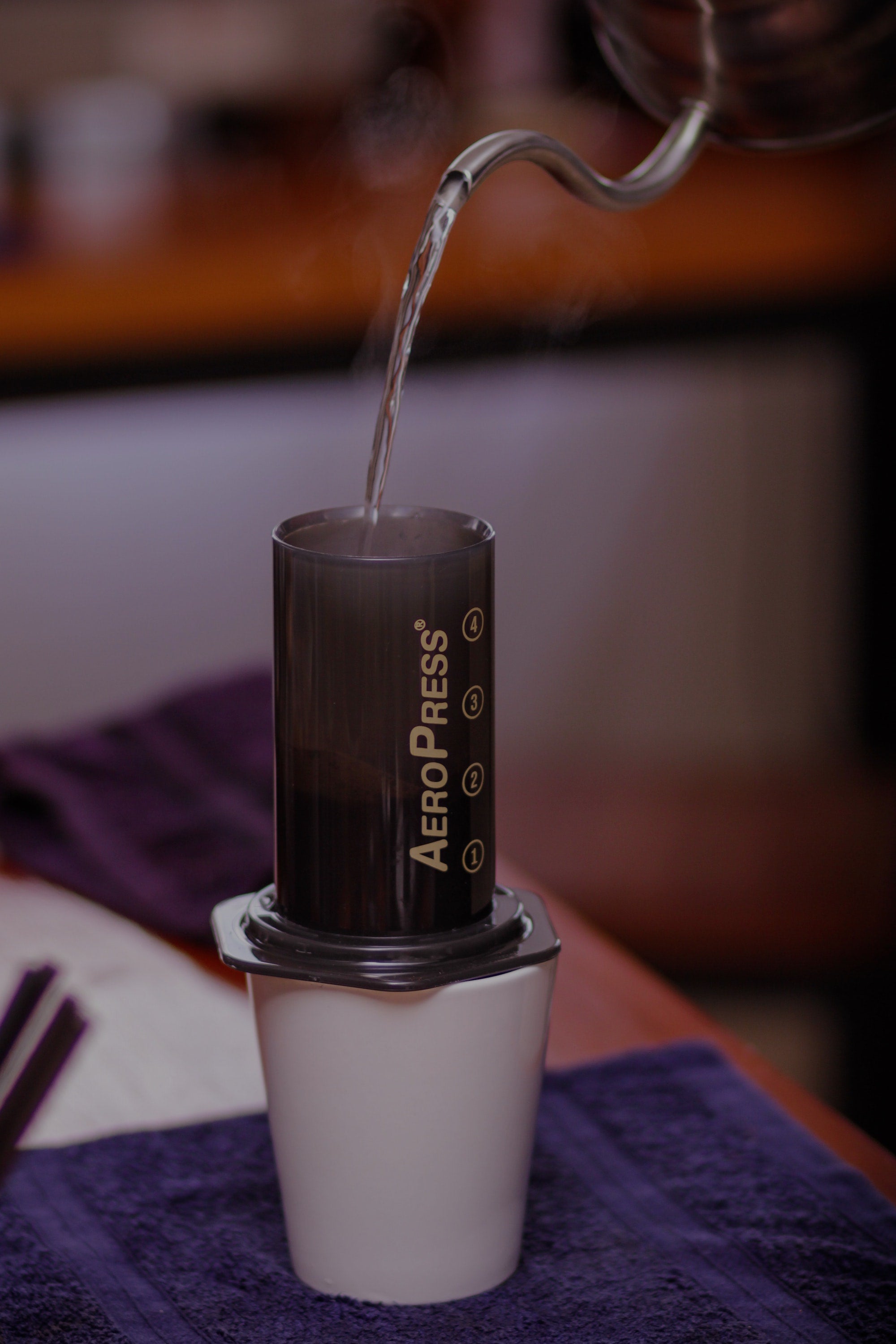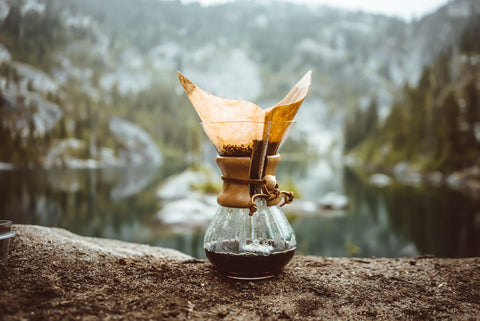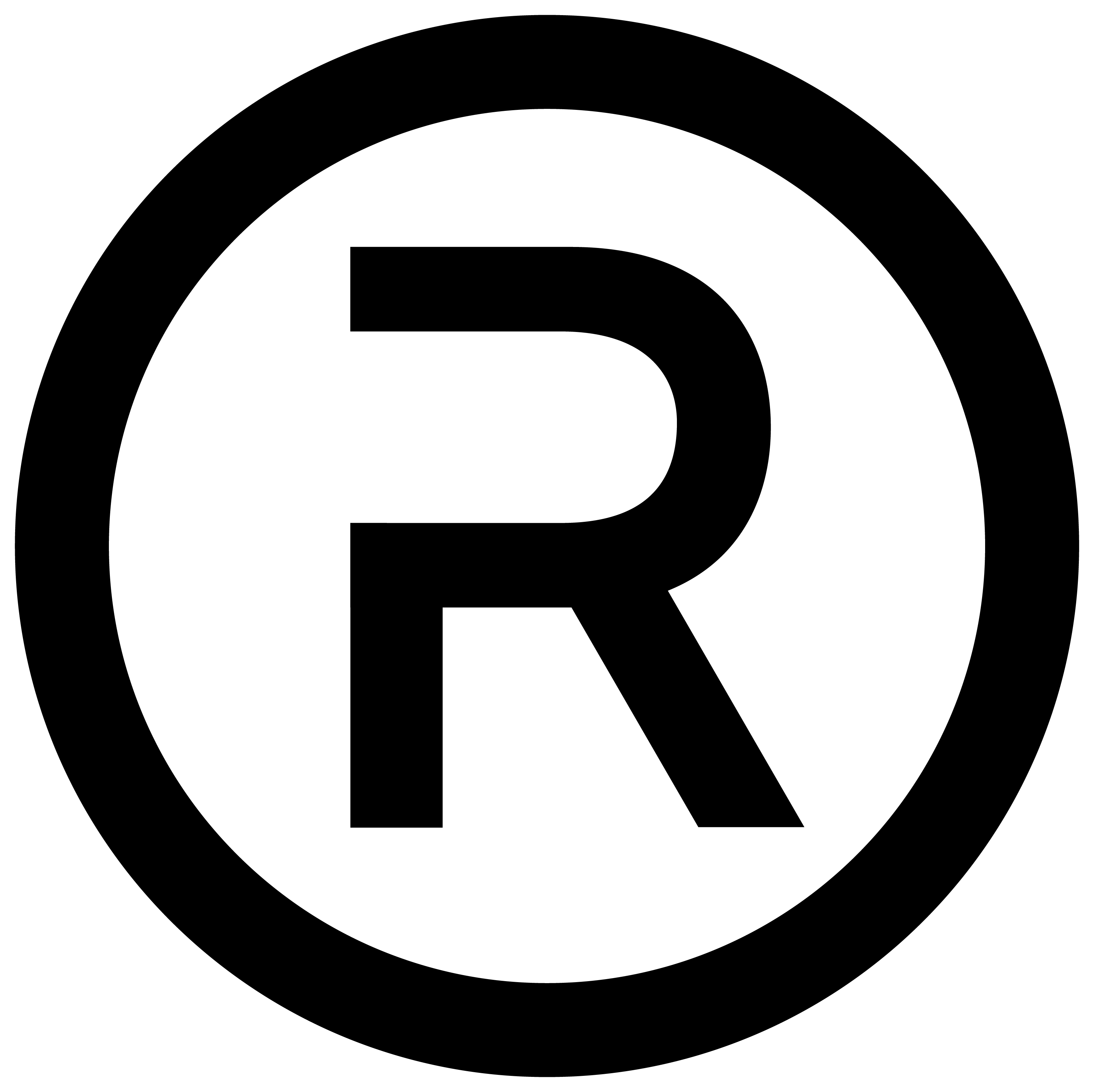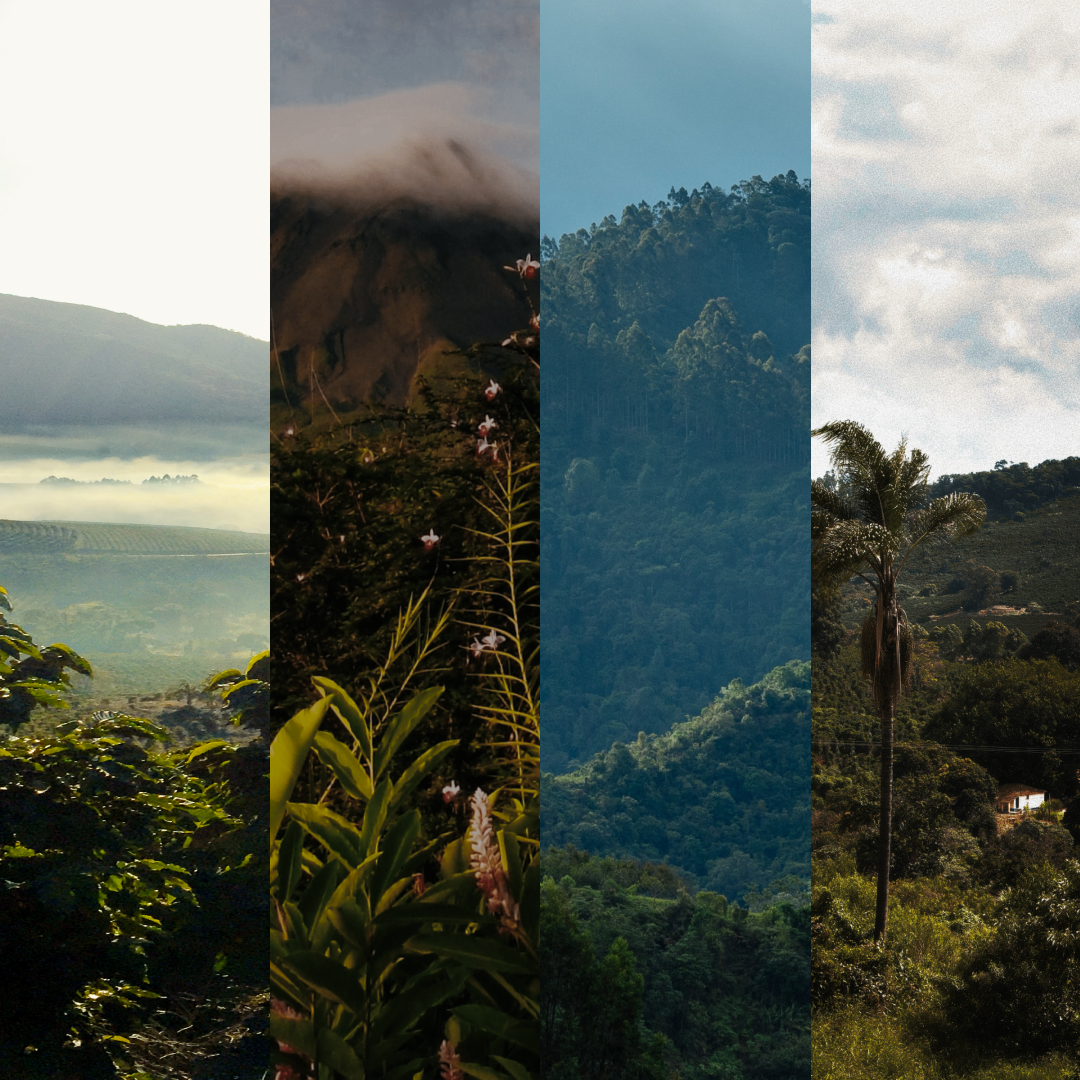
What the F-ilter! Your Guide to All Things Filter Coffee
"Filter or espresso? "...
That's the question you'll often hear when buying coffee beans. But if you're new to coffee, it can be hard to answer that, you may know that espresso is the coffee ingredient in drinks like long blacks, flat whites, lattes, mochas and cappuccinos (amongst the others), but what actually ARE filter coffees? And how many ways can you make them? Let's get into it...
Firstly, filter coffee is simply coffee that is made via some sort of filtration method. Most of the time, that is a paper filter that filters out the coffee grounds from the water that has dissolved the coffee flavours. We know that we must have hot water (typically) in order to extract these flavours quickly, so really filter coffee is just about pouring hot water + coffee over a filter...easy! But there's various devices that can make a filter coffee, each producing a slightly different taste.
Filter coffee method 1: pour over coffee
Pour over coffee is really how it sounds, water pouring over ground coffee. Tools that allow you to do this are mostly funnels shaped to maximise your pouring surface, and carry the brewed coffee into the chamber below. There are a few pour over devices on the market, with each giving slightly different flavours from their different shapes and filter paper/parchment types.
Pour over coffee can be a little finicky. You'll need to get the right kind of kettle to gently pour water as a thin stream over the coffee, making sure you avoid making any holes in the coffee bed. This also means getting water of the right temperature too.

pictured above: the V60 pour over device: a conical funnel (held with a stand) with filter paper and coffee inside.
Another key player in the pour over market is the chemex. This is like the V60, except it's made with a glass 'funnel' rather than plastic you see above. The Chemex also uses thicker filter 'parchment' which filters out more of the coffee to produce a cleaner and lighter brew.

Pictured above: the Chemex, a glass pour over device for making pour over coffee, featuring the filter parchment.
Filter coffee method 2: the Aeropress
This is some of the finest innovation we've ever seen in this next piece of kit! This syringe shaped device is made to filter coffee using pressure. This is way, the oils of the coffee are better extracted, adding to a thicker taste of the coffee. Coffee brewed with an Aeropress appears darker in colour and is more heavy in flavour from this method. The filtrate (containing the brewed coffee) is removed from the Aeropress into the serving method by pushing the plunger, until all of the liquid is extracted.

Pictured above, an Aeropress coffee being prepared.
Aeropresses are great for those wanting to get more into their filter coffee. You don't need any fancy kettles or pouring techniques, you simply add the water to your coffee, add the plunger and press out! Super useful for on the go brewing on camping trips and vacations too!
Drip Coffee (Batch Brews)
You'll see this coffee often being made as "Batch Brews" in cafés. This is filter coffee brewed with a filter coffee machine (also termed "drip coffee machine"). This method of brewing filter coffee is easy to set up, but it can be hard to keep these machines clean and that often impacts the taste very quickly. You'll also find that the machines often produce larger quantities of brewed coffee, which can be great for offices and cafés but might be a little too much coffee at home!

Pictured above: the mighty Moccamaster filter coffee maker
But being so simple to use, these are really great for the casual filter coffee drinker. We're thankful for our Moccamaster's service in our Melbourne store and the many batchies it provides! These are super useful as well as they keep the coffee hot for a while. Whilst they don't extract as much flavour as hand brewing methods like pour overs and Aeropresses, these are so convenient to switch on when you're half asleep in the early morning.
Which one is your favourite when it comes to filter brewing?


Leave a comment
This site is protected by hCaptcha and the hCaptcha Privacy Policy and Terms of Service apply.